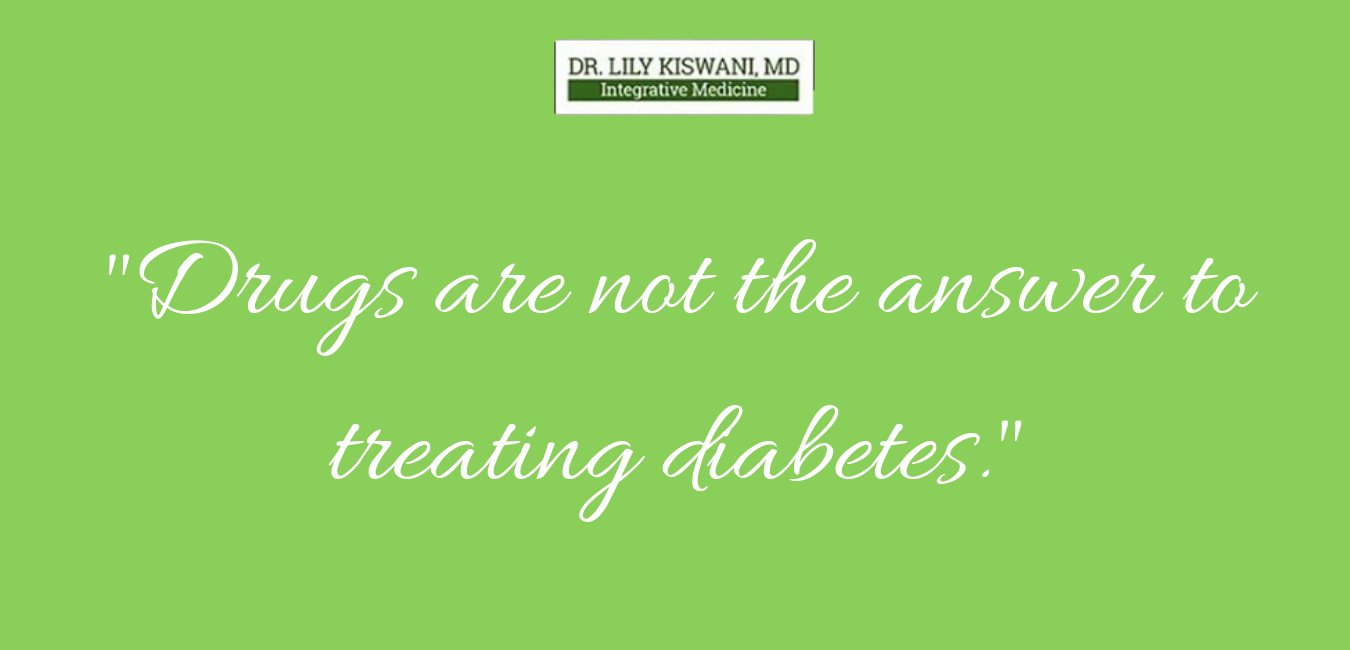Dr. Mercola
Non-stick cookware – are they safe to use?
According to ‘The Intercept’:
“Concerns about the safety of Teflon, C8, and other long-chain perfluorinated chemicals first came to wide public attention more than a decade ago, but the story of DuPont’s long involvement with C8 has never been fully told…
[A] long trail of documents has emerged that casts new light on C8, DuPont, and the fitful attempts of the Environmental Protection Agency to deal with a threat to public health.
This story is based on many of those documents, which until they were entered into evidence for these trials had been hidden away in DuPont’s files.
Among them are write-ups of experiments on rats, dogs, and rabbits showing that C8 was associated with a wide range of health problems that sometimes killed the lab animals.”
Perfluorooctanoic acid (PFOA, also known as C8), was an essential ingredient in DuPont’s non-stick cookware for decades.
The chemical is also used in hundreds of other non-stick and stain-resistant products, from microwave popcorn bags and fast-food wrappers to waterproof clothing and soil-repellant carpet and furniture treatments.
It’s also found in flame retardant chemicals, and hence items treated with flame retardants, which run the gamut from children’s items to furniture and electronics.
PFOA is a fluorinated chemical — it’s the fluorine atoms that provide that hallmark slipperiness.
According to the Agency for Toxic Substances & Disease Registry (ATSDR):
“Once in your body, perfluoroalkyls tend to remain unchanged for long periods of time. The most commonly used perfluoroalkyls (PFOA and PFOS) stay in the body for many years. It takes approximately four years for the level in the body to go down by half, even if no more is taken in.”
While there’s a dizzying array of chemical names in this group of chemicals, if an item is either non-stick, waterproof, or stain-resistant, it has some type of fluoride-impregnated coating that provides the slipperiness, and you can assume it can be problematic.
PFOA is now the subject of about 3,500 personal injury claims against DuPont, including 37 claims for wrongful death.
In 2005, a panel of three scientists was convened as part of a settlement to determine the chemical’s effects on people. After seven years of research, the results of which are detailed in more than three dozen peer-reviewed papers,5 the C8 Science Panel linked PFOA to:
- Ulcerative colitis
- High cholesterol
- Pregnancy-induced hypertension
- Thyroid disease
- Testicular and kidney cancer
Its health effects were deemed to be widespread and occurred even at very low exposure levels. According to The Intercept, DuPont was aware of many of these risks, yet kept its knowledge secret — even from its own workers, who came into direct and prolonged contact with the chemical.
PFOA Pollution May Be Permanent
A man-made compound that didn’t exist a century ago, C8 is in the blood of 99.7 percent of Americans, according to a 2007 analysis of data from the Centers for Disease Control, as well as in newborn human babies, breast milk, and umbilical cord blood.
Although DuPont no longer uses C8, fully removing the chemical from all the bodies of water and bloodstreams it pollutes is now impossible. And, because it is so chemically stable — in fact, as far as scientists can determine, it never breaks down — C8 is expected to remain on the planet well after humans are gone from it.”
According to the article, if DuPont and the seven other chemical companies (including 3M) responsible for the global C8/PFOA pollution were actually forced to clean up their mess, the costs would be “astronomical.”
PFOA Dubbed the ‘Tobacco of the Chemical Industry’
Like tobacco, C8 litigation may forever change how people view these chemicals. In fact, PFOA is now being called the “tobacco of the chemical industry” because of the decades-long corporate cover-up of its health effects, the lawsuits pending, and how difficult it is to make companies accountable for producing disease-causing products, even after the evidence is clear.
